Did you know you can profit from an asset’s price movement without owning any of it? You can do that through CFD trading. A contract for difference or CFD, is a financial instrument that allows traders to speculate on the price movements of a financial asset, without actually owning it. However, while there are many benefits to CFD trading, some drawbacks are also associated.
In this article by Finestel, we focus on the definition of CFD trading and how it works. Moreover, we explain what a CFD account is, what are CFD’s main elements, and how you can trade CFDs. We also state the advantages and disadvantages of CFD trading, and introduce the top CFD trading platforms.
What is a CFD or Contract for Difference?
A Contract for Difference or CFD, is a financial derivative instrument. It enables traders and investors to speculate on the price movements of various financial assets without actually owning the underlying asset. Instead of purchasing the asset itself, the trader enters into a contract with a broker or a financial institution to exchange the difference in the asset’s value between the opening and closing of the contract.
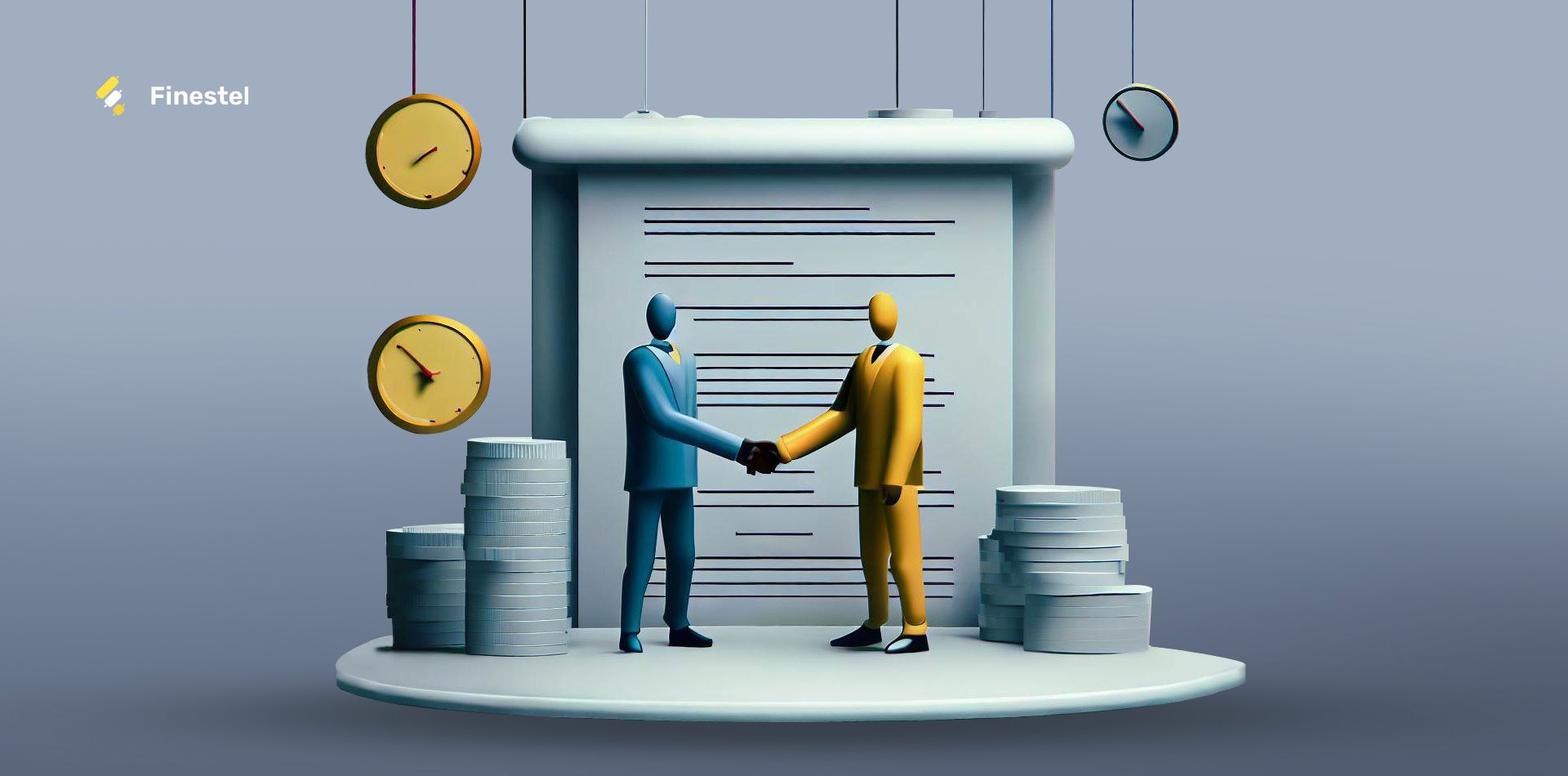
It is crucial for traders to expand their knowledge about how CFD works before trying to speculate on it. The reason is that, like any other practice in the financial markets, CFD trading is also a risky measure and can cause detrimental effects.
Read more about the best time frames for crypto trading.
How Does CFD Trading Work?
To trade CFDs, you should first choose a reputable broker who supports CFD trading and open an account with them. Then, you can use their platform to connect various assets’ CFDs. You are able to either short or long these assets, as contracts for difference enable you to trade in both directions. Brokers also offer traders leverage and you can select the suitable leverage you want to work with.
CFD Trade Example
To provide further illustration, let’s take a look at an example:
Suppose you want to short an asset named XYZ which is currently traded at $100. You can use a broker which offers you CFD trading. According to your risk management, you decide to short 10 XYZs with a leverage of 1:10. So, your margin would be $100, and you would be able to enter the position with $1,000.
Now imagine that the price reaches $80, which is your target. You then exit the trade, and your profit would be calculated as follows:
10 * ($100 – $80) = $200
Therefore, you just profited from a movement in XYS’s price without owning any. This was a simple example of how CFD trading works.
Which Markets Have CFDs
Some various markets and assets can be traded via CFDs. Some of the most common are:
- Forex (Foreign Exchange): CFDs on currency pairs are among the most popular and liquid instruments. Traders can speculate on the price movements of currency pairs like EUR/USD, GBP/USD, USD/JPY, and many others.
- Stocks: CFDs enable traders to speculate on the price movements of company stocks without actually owning any shares. However, it should be mentioned that you will not be able to benefit from dividends or other rights you would’ve otherwise had if you directly owned any shares.
- Cryptocurrencies: CFDs on cryptocurrencies are becoming increasingly popular as we speak. Traders can use long or short cryptos like BTC, ETH, XRP, and many others via CFDs. Note that crypto CFDs are mostly offered by brokers rather than crypto exchanges.
CFDs vs. Perpetual Futures Contracts
CFDs are rather similar to perpetual futures contracts. Yet, in the crypto market, traders mostly use perpetual futures to trade cryptocurrencies with leverage and be able to position themselves in either direction. On the other hand, CFDs are more popular in stocks and the forex market.
What Are Futures Contracts?
A futures contract is a standardized financial agreement that obligates the parties involved to buy or sell an underlying asset at a predetermined price on a specified future date. These contracts are traded on futures exchanges and are used for hedging and speculation in various financial markets. Futures contracts have fixed expiration dates and can be settled in cash or through physical delivery of the underlying asset.
Find out the best copy trading platforms that support the futures market.
What Is a Perpetual Futures Contract?
Perpetual futures contracts are a unique type of futures contracts that do not have an expiration date. They closely track the price of their underlying asset. Unlike traditional futures contracts, you are not required to rollover or settle these contracts at a predetermined maturity date.
What is the Difference between CFDs and perpetual Futures?
Perpetual futures contracts and CFDs are different in a few ways. One of the main differences between these two instruments is their funding and costs. CFD trading often includes overnight financing charges if you hold positions overnight.
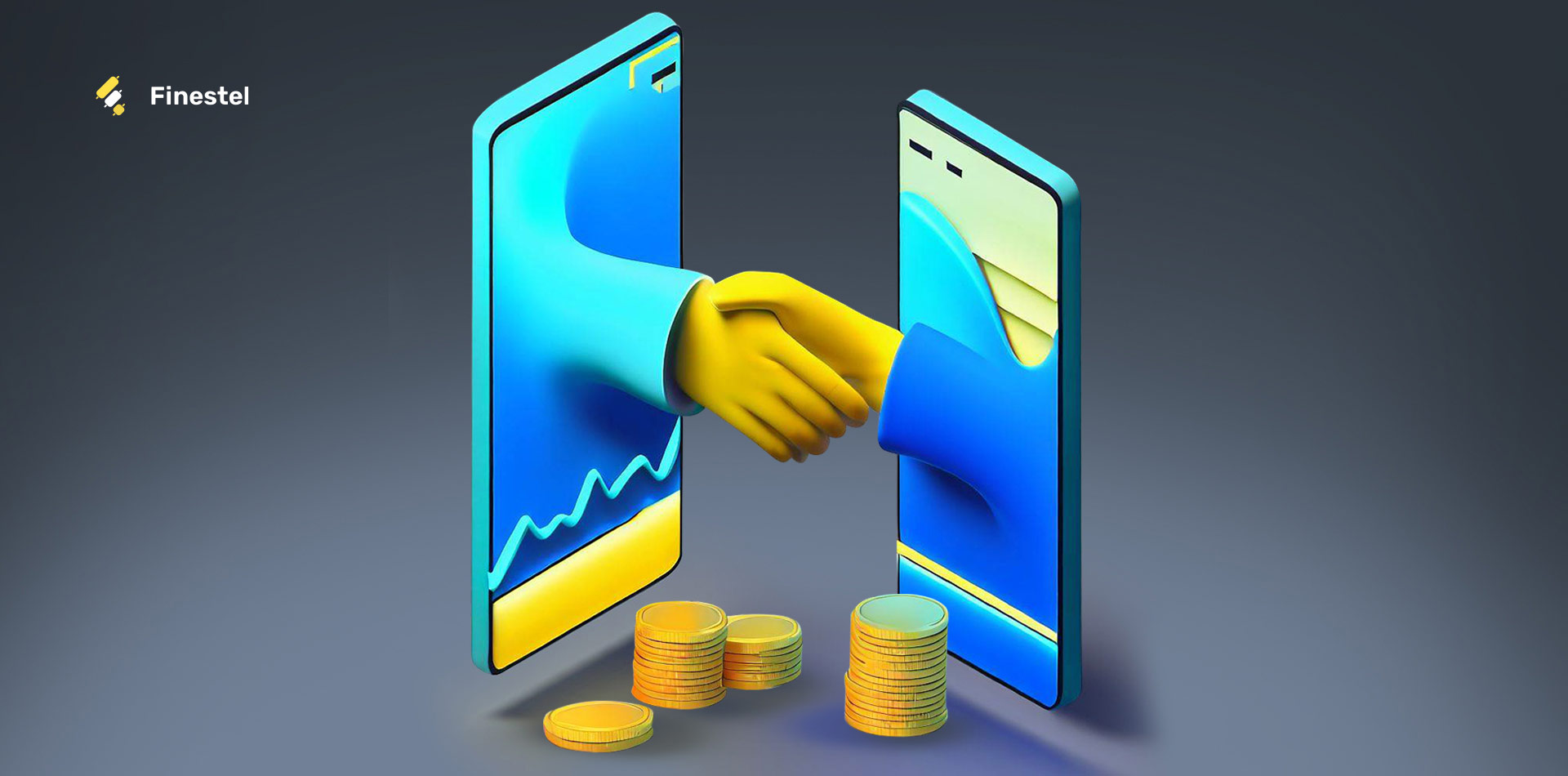
Perpetual futures contracts, on the other hand, use a funding mechanism to maintain the contract’s price close to the underlying spot price, but they do not charge overnight financing costs.
What Is a CFD Account?
A CFD account is a trading account offered by brokers that allows individuals to trade CFDs. This type of account enables traders and investors to speculate on the price movements of underlying assets without actually owning the assets themselves.
What Is Leverage and Margin in CFD Trading?
Leverage is a tool that enables traders to open positions bigger than their account balance. It is typically offered by brokers or exchanges. An example of leverage would be a 1:10 leverage, which allows you to trade $10 for every $1 you have. The remaining $9 is borrowed from the broker. Therefore, leverage magnifies the volume you can trade, the profit you might gain, and also the risk you are taking.
Margin is the amount of money you require to deposit into your brokerage or exchange account, to be able to trade with leverage. In fact, margin acts as collateral and is needed to maintain an open leveraged position. It is mostly expressed as a percentage of the total position size.
CFD Trading Methods
There are a few main methods which individuals trade CFDs. While the first two are speculative measures, the third is a risk management technique.
- Long: Going long in CFD means buying a CFD on an asset that you expect to experience a price increase. You long at the current market price and aim to exit at a higher one.
- Short: CFDs allow you to trade in both directions. You can get short on an asset by selling the CFD, hoping that you will buy it back later at a lower price. Your profit would be the difference between the selling and the buying price.
- Hedging: While being a simple concept in theory, hedging is one of the more advanced and effective risk management practices. Suppose you have a long-term investment in asset XYZ, but you think it might drop in value in the short term. You can cover your downside risk by shorting XYZ using CFDs. As a result, the profit you make in your short position would offset (partly or completely) the loss your investment suffers.
The Advantages of CFD Trading: Why Investors Choose CFDs?
CFDs offer several advantages that attract market participants. Here are some of the key benefits associated with CFD trading:
- Leverage: CFDs allow traders to use leverage. They can borrow from brokers or exchanges and amplify their position size.
- Diverse Asset Classes: CFDs enable traders to trade a wide range of asset classes. These include stocks, indices, commodities, currencies, and cryptocurrencies. So, traders can diversify their portfolios using CFDs.
- Short-Selling: Utilizing CFDs, traders can go short on a specific asset. This allows them to gain profits even when the market is falling.
- Global Market Access: CFDs provide access to global markets, allowing investors to trade in international markets. For instance, investors outside the United States can trade U.S. stocks using CFDs.
- No Expiration Date: In contrast to traditional futures contracts, CFDs do not have fixed expiration dates. This feature results in higher flexibility, as traders can keep their positions open as long as they wish to.
- Hedging: As previously mentioned, traders can hedge their portfolios using CFDs. As hedging is one of the most effective risk management techniques, CFDs are of great value to advanced traders or asset managers.
Disadvantages of Trading CFDs
Trading CFDs can also expose traders to a few disadvantages and risks. Here are the main drawbacks one might suffer from trading CFDs:
- High Risk Due to Leverage: CFDs are leveraged products. Leverage is a two-way sword, as it also magnifies your risk.
- Counterparty Risk: CFDs are contracts between traders and brokerage firms. Therefore, they introduce counterparty risks, like the insolvency of brokers.
- Funding Costs: Holding CFD positions overnight usually involves funding costs, especially when trading with leverage.
- Lack of Ownership Rights: Unlike owning physical assets or stocks, CFD traders do not have any ownership rights or voting rights in the underlying companies.
- Regulatory Risks: Regulations for CFD trading vary across different countries. Some brokers or exchanges that offer CFDs are not highly regulated, or even at all, in certain jurisdictions.
How to Trade CFDs (Step-by-Step Guide)
There are a few steps you should take in order to trade CFDs. Here are the essentials:
- Choose a Reliable Broker: First and foremost, you should choose a reputable broker to minimize counterparty risk.
- Open an Account: You should then register and open a trading account with the selected firm.
- Choose Your Asset: Considering your strategy and your favorite asset class, you must then select the asset you wish to trade. However, note that CFDs must be issued on the underlying assets, as some assets’ CFDs are not available.
- Execute: Finally, after conducting a thorough market analysis, you should determine your entry price. You are also advised to place your stop loss and take profits orders before taking a position.
CFD Trading Strategies for Professionals
There are various trading strategies based on CFDs. Here are the most popular professional strategies for CFD trading:
- Rangebound (Range) Trading: Rangebound trading is used in consolidating market phases. Traders look to long the asset near support levels and short it near resistance areas.
- Contrarian Investing: Contrarian investing means going against the tide. In this method, traders take positions against the prevalent market sentiment. This strategy is mainly used when a market is considered overbought or oversold.
- Scalping (aka Spread Trading): Scalping is the most short-term trading strategy. Scalpers utilize timeframes below 15 minutes to trade and catch small price movements in short periods of time. CFDs allow scalping in both directions and with leverage.
Fees and Charges of CFDs
There are a few different fees and costs associated with trading CFDs.
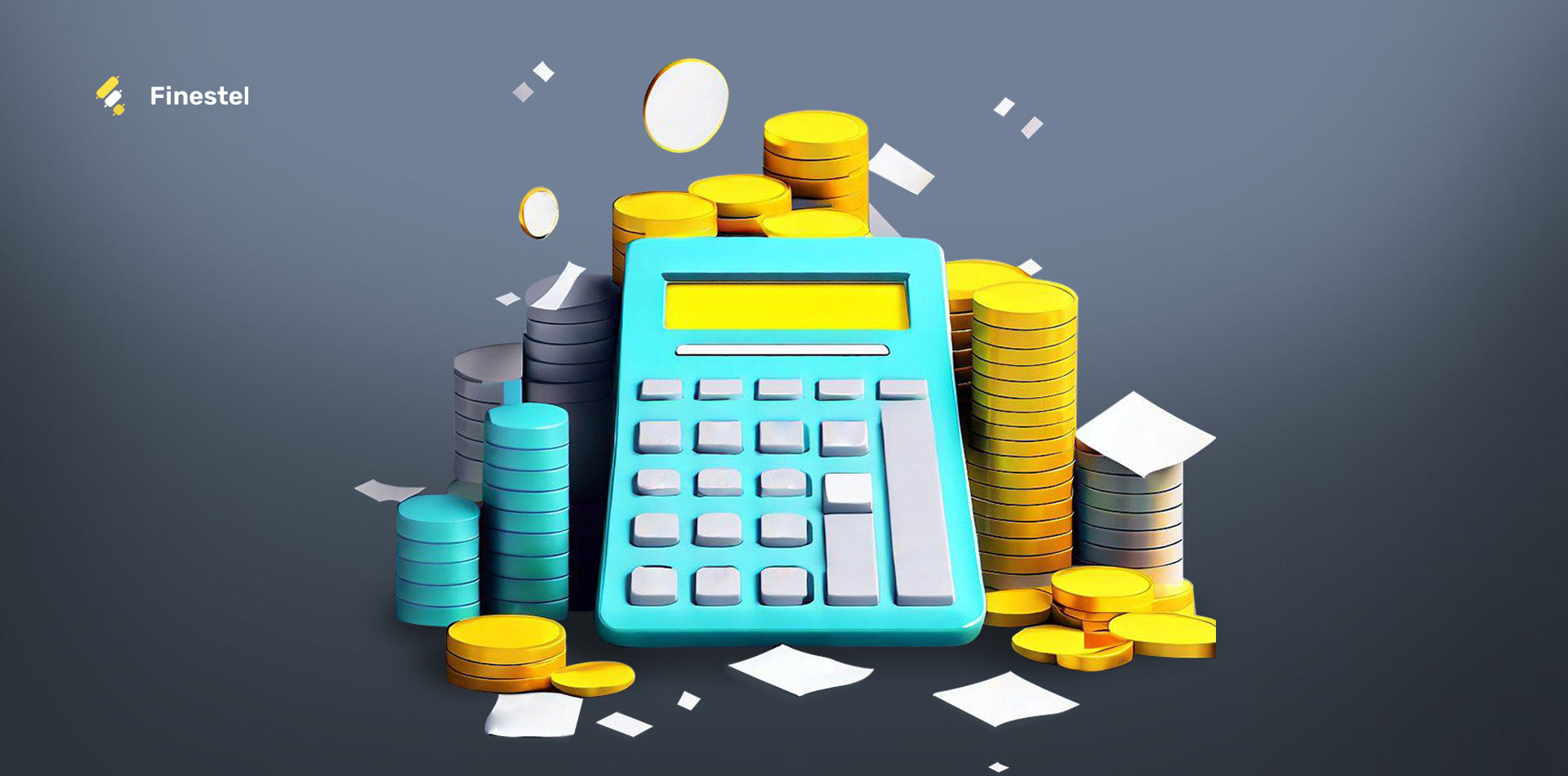
Here are the main 3 charges:
- Spread: While not specific to CFD trading, contract for differences might demonstrate a higher bid/ask spread.
- Commission: CFD brokers usually charge commissions when trading CFDs. The amount of commissions is mostly dependent on position size.
- Overnight Financing: Most brokers charge overnight holding fees from CFD traders. These fees assure that the position remains open until the trader wishes.
Risk Management in CFD Trading
Just like other trading other derivatives or instruments, CFD trading requires robust risk management. The main reason for this argument is leverage. As already explained, leverage magnifies the risk you undertake. Therefore, risk management is crucial in CFD trading. There are a few risk management considerations that traders should make.
First, every trader should determine a suitable position size according to their risk management criteria. Setting logical stop loss and take profit orders are also essential, as they protect you against losses. You should also be careful of spreads, commissions, and overnight fees as they also diminish your profits.
What Makes a CFD Trader Successful?
Again, trading successfully has a number of requirements, no matter what instrument or derivative you trade. Here are a few elements that make a successful CFD trader:
- Knowledge: As with any other profession, knowledge is key in trading. You should always try to gain insight into the markets you want to trade in.
- Trading Plan: Businesses need business plans to guide them throughout their journey. Trading is no different. All successful traders create a solid trading plan before risking their capital.
- Risk Management: Financial markets are always associated with risk. CFD trading is even riskier than some other trading methods, as it involves leverage. To, traders must have a robust risk management system.
- Discipline: While all the elements above are necessary, none of them would be beneficial if discipline was lacking. You must always follow your trading plan and risk management criteria, and stick to your knowledge and strategy to be a successful trader.
Countries that Allow CFD Trading
While many countries allow CFD trading, it is prohibited in some. The United States is the most prominent on the list. Trading assets through CFDs are not permitted in the US. American citizens use other types of derivatives, like futures contracts, to trade assets in both directions and use leverage.
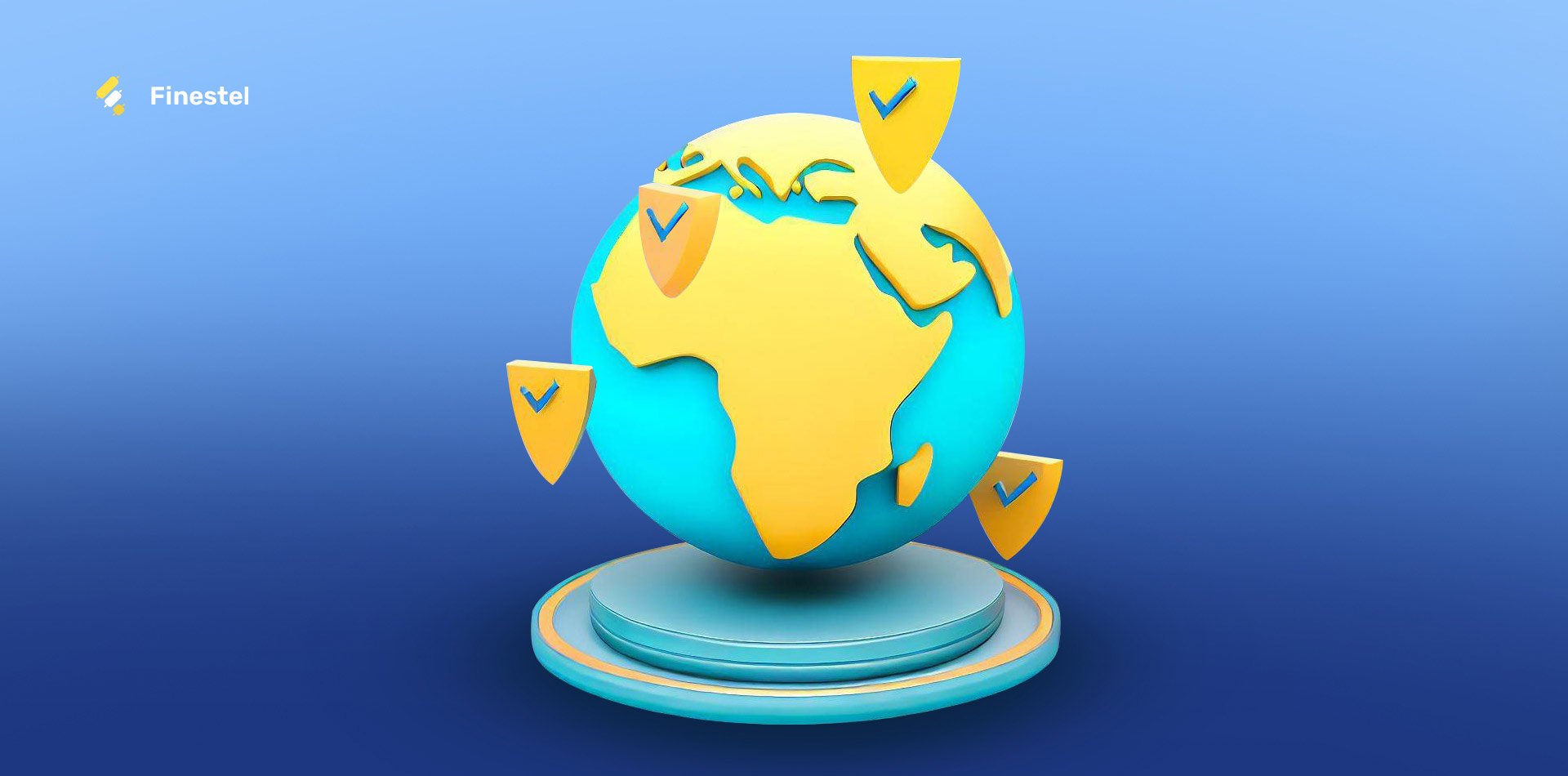
Some provinces in Canada, France, and Belgium prohibit CFD trading due to heavy regulations in the finance sector. Sanctioned countries like Iran and Syria are also denied trading CFDs through regulated brokers. Therefore, traders must always remember to check their country’s regulations before engaging in any new activity in the financial markets.
Top 9 CFD Trading Platforms; The Best Regulated CFD Brokers
Several platforms offer CFD trading for Forex and crypto. Here are the top 9 for each:
1. IG Group
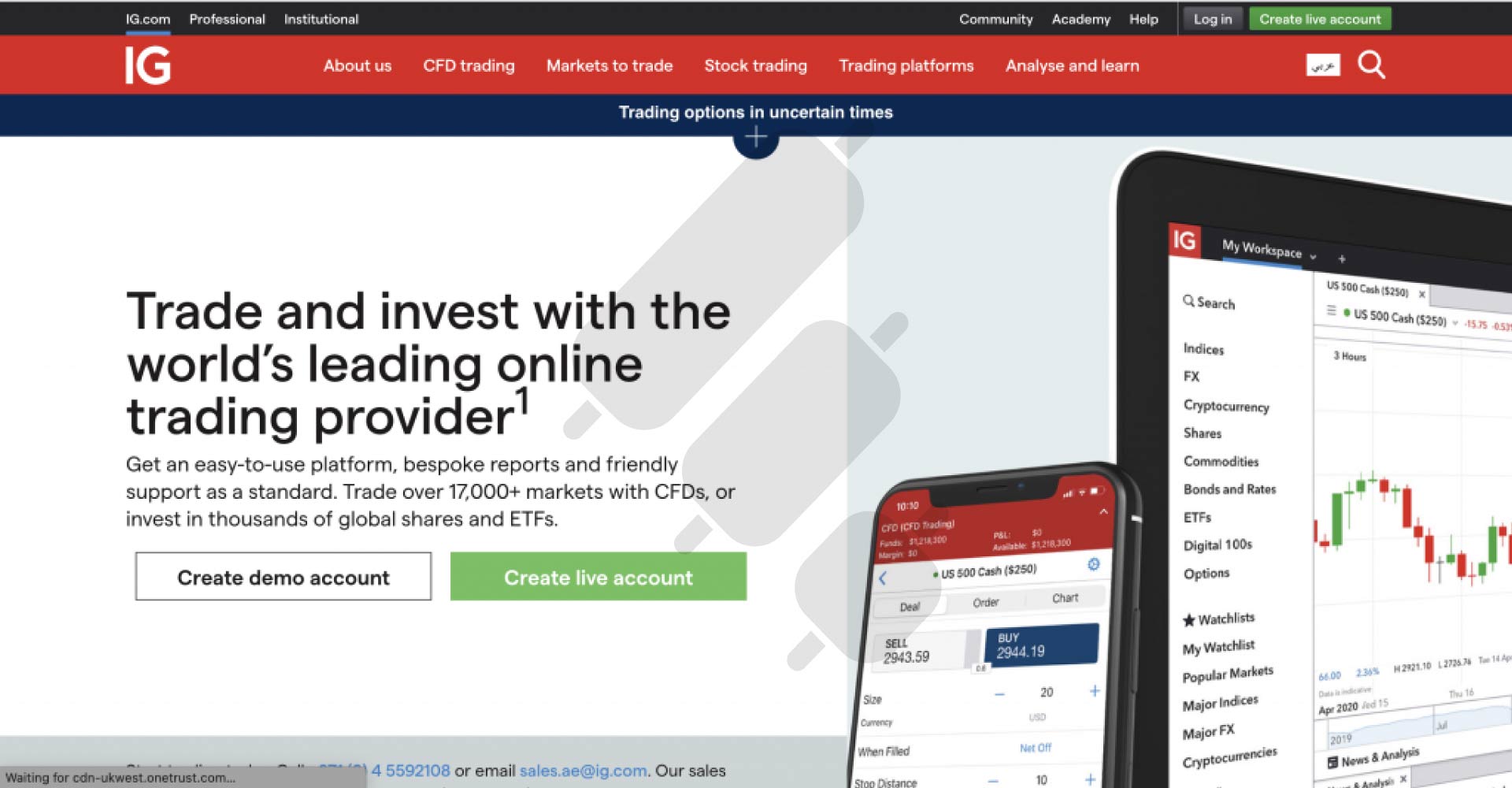
IG is another top forex broker with an impressive offering of CFDs and tradeable instruments. Boasting nearly as many CFDs as Saxo Bank, IG offers an impressive range of instruments and multiple asset classes. Traders who use forex signals will appreciate that PIA First and Autochartist are directly integrated within IG’s web platform.
It established in 1974, IG Group is regulated by several top-tier authorities such as the Financial Conduct Authority (FCA) in the UK, the Australian Securities and Investments Commission (ASIC), and others. IG Group provides access to numerous forex pairs and a variety of cryptocurrencies, ensuring a diverse trading experience. The broker is known for its reliable platform, competitive spreads, and robust customer support.
2. eToro Crypto CFD
eToro is a renowned social trading platform and CFD broker, founded in 2007, that specializes in forex and cryptocurrency trading. It is regulated by multiple authorities, including the FCA, the Cyprus Securities and Exchange Commission (CySEC), and ASIC.
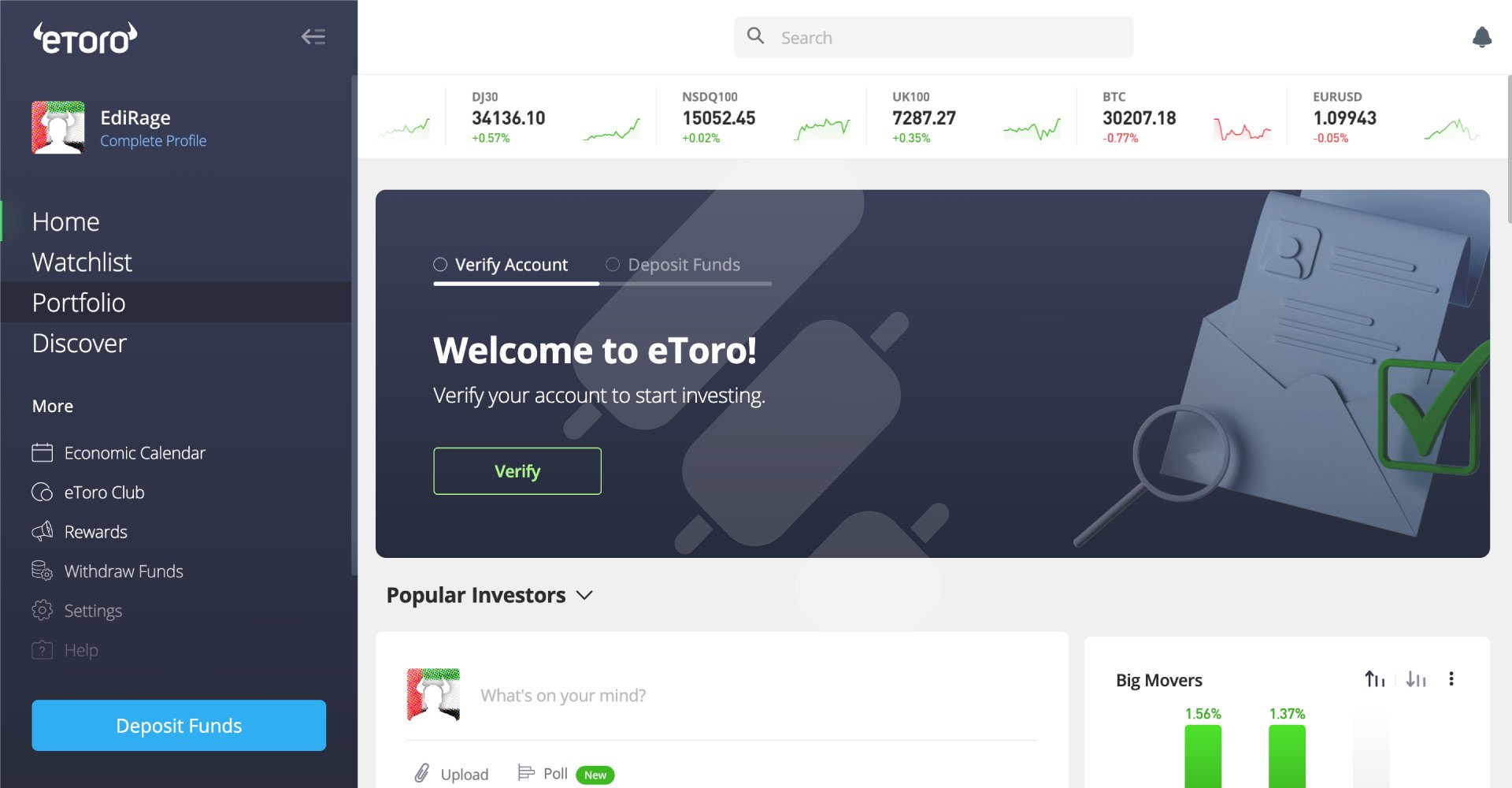
eToro offers a broad selection of forex pairs and cryptocurrencies, making it a popular choice for traders interested in both markets. The platform’s social trading features allow users to follow and copy successful traders, enhancing the trading experience for both beginners and experienced traders.
3. Plus500
Plus500 is a prominent CFD broker known for its user-friendly platform and extensive range of tradable assets, including forex and cryptocurrencies. Founded in 2008 and listed on the London Stock Exchange, Plus500 is regulated by the FCA, ASIC, and CySEC. The broker offers a comprehensive selection of forex pairs and a variety of cryptocurrencies, providing traders with ample opportunities to diversify their portfolios. Plus500 is particularly noted for its competitive spreads and intuitive trading interface.
4. AvaTrade
AvaTrade is a well-regarded CFD broker established in 2006, offering a wide array of financial instruments, including forex and cryptocurrencies. Regulated by several authorities, including the Central Bank of Ireland, ASIC, the Japanese Financial Services Authority (FSA), and the Financial Sector Conduct Authority (FSCA) of South Africa, AvaTrade provides a secure trading environment.

The broker offers numerous forex pairs and a selection of popular cryptocurrencies, along with a variety of trading platforms and educational resources to support traders.
5. Saxo Bank
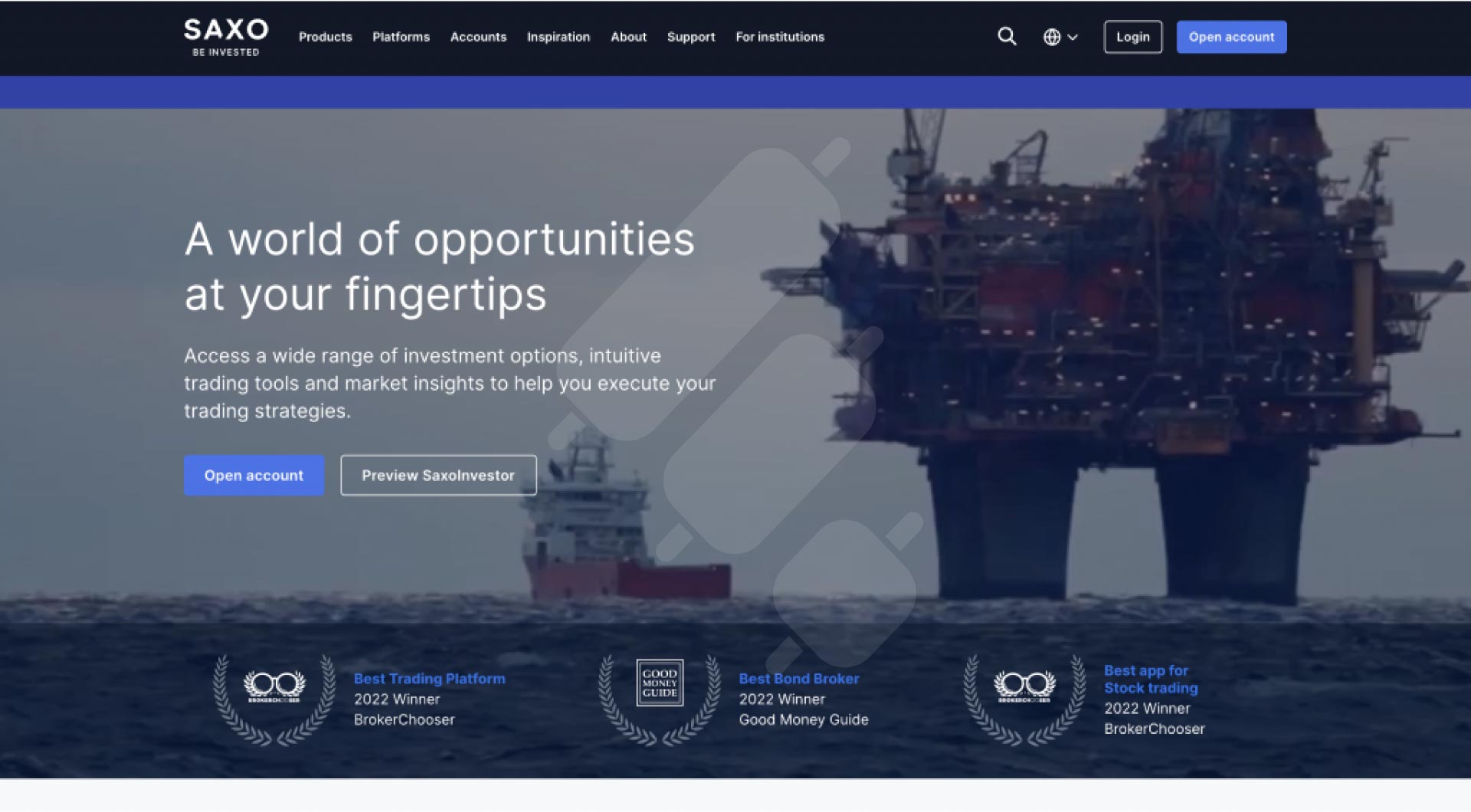
Saxo Bank offers the most CFDs, with nearly 60,000 available symbols across a wide range of asset classes. Cash equities, options, and exchange-traded securities are among the other instruments available to traders at Saxo Bank, and traders can choose CFDs for a given asset and trade conveniently.
6. Interactive Brokers
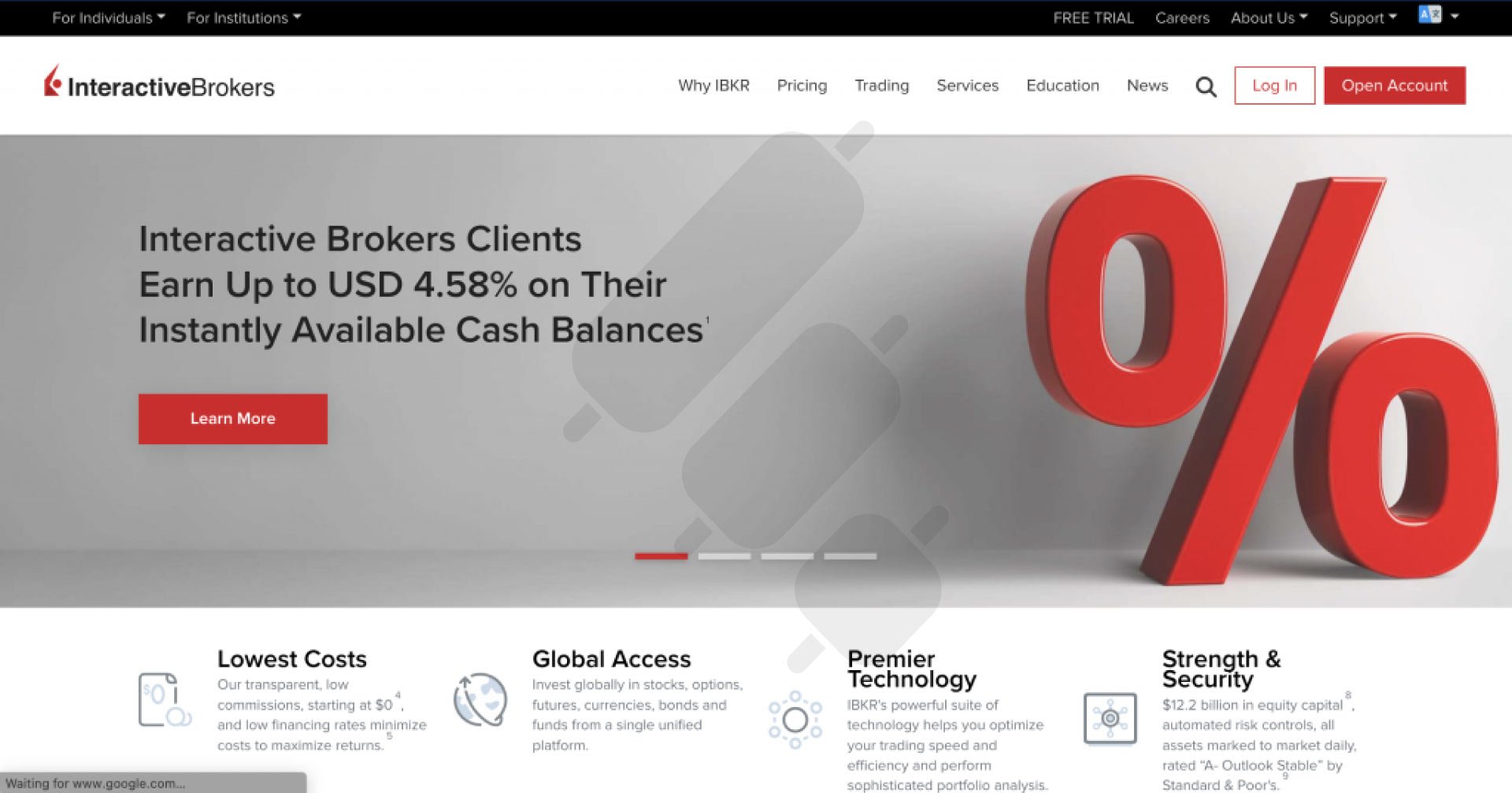
Interactive Brokers is a highly rated forex broker that offers a massive number of trading venues and exchanges, as well as nearly 10,000 CFD markets. This broker is publicly traded on Nasdaq and regulated in six tier-1 jurisdictions.
7. CMC Markets
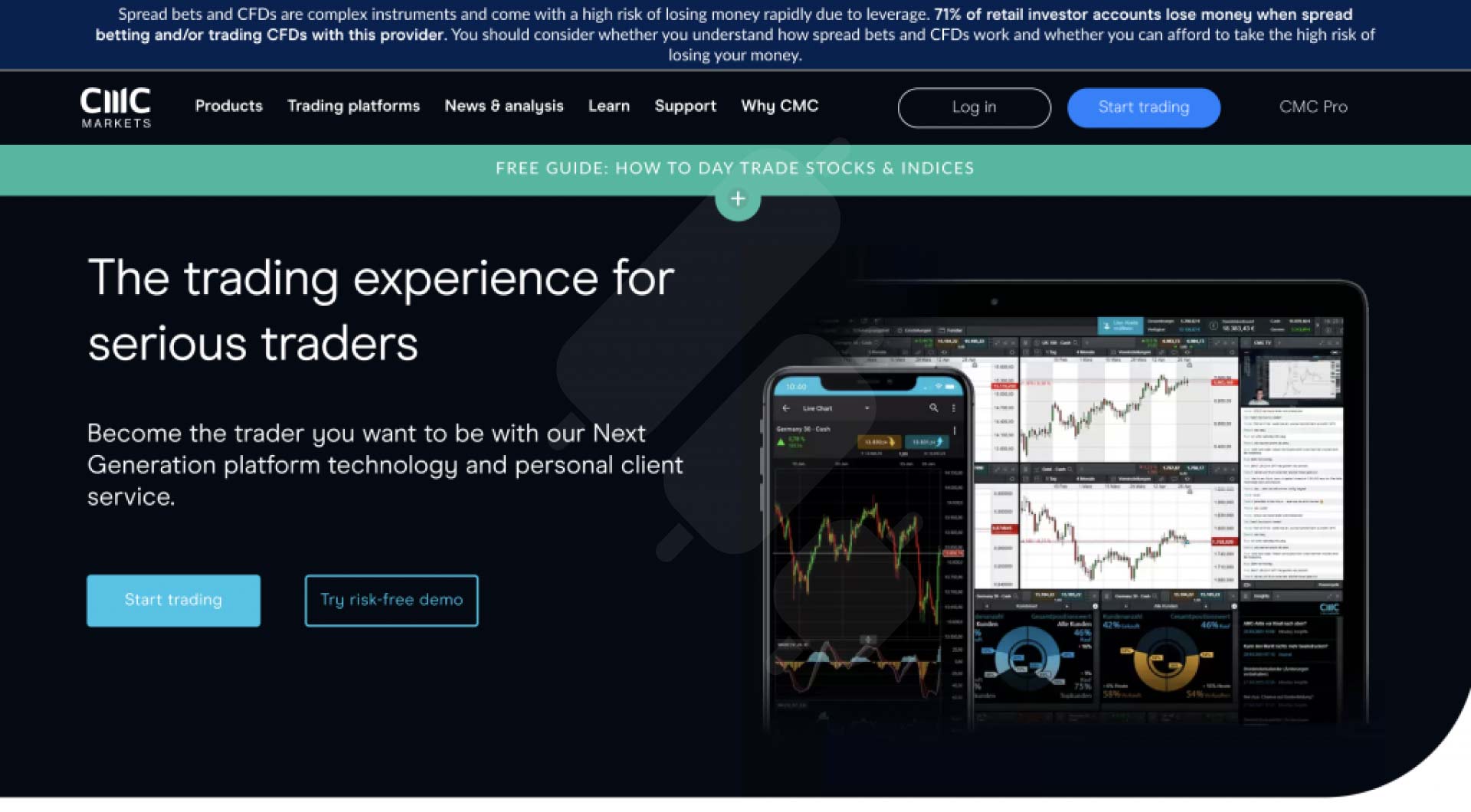
CMC Markets is well-trusted around the globe and delivers a terrific trading experience thanks to its excellent pricing and selection of over 12,000 tradeable instruments and CFDs. They also offer CFDs for cryptocurrencies.
8. Pepperstone
Pepperstone is a highly regarded CFD broker specializing in forex and cryptocurrency trading. Founded in 2010, Pepperstone is regulated by the FCA, ASIC, and the Dubai Financial Services Authority (DFSA). The broker offers a wide range of forex pairs and a variety of cryptocurrencies, catering to traders seeking diverse market opportunities. Pepperstone is known for its competitive spreads, fast execution, and excellent customer support.
9. Trading 212 CFD
Trading 212 CFD allows users to speculate on the price movements of various financial instruments, including stocks, commodities, indices, forex, and cryptocurrencies, without owning the underlying assets. The platform offers a wide range of tradable assets and provides leverage, enabling traders to control larger positions with a smaller amount of capital. This flexibility allows traders to profit from both rising and falling markets by taking long (buy) and short (sell) positions.
Trading 212 is regulated by the Financial Conduct Authority (FCA) in the UK and the Financial Supervision Commission (FSC) in Bulgaria, ensuring a level of investor protection and adherence to financial standards. The platform is user-friendly, available both online and as a mobile app, and includes tools for technical analysis, charting, and market research. However, it’s important for traders to understand the risks involved, such as market volatility and leverage-induced losses, and to use risk management tools like stop-loss orders to mitigate these risks.
Conclusion
In this article, we provided a detailed explanation of CFDs. We then moved further and illustrated how they work, their differences with perpetual futures contracts, and their fees and charges. We also provided some advantages and disadvantages associated with CFD trading. While CFDs have many benefits, like allowing leveraged trading and trading in both directions, there are also some drawbacks and risks involved. Therefore, risk management should be the number 1 priority of CFD traders, just like any other trader.
An Infographic of CFD Trading
FAQ
What is CFD trading?
CFD is a type of derivative that allows traders to speculate on the price movements of various assets without owning them.
Can I trade CFDs on all financial instruments?
No. While CFDs are available for a wide range of financial instruments, some assets do not have CFDs.
Are there any restrictions on CFD trading?
Yes. There are some restrictions on CFD trading in certain countries due to regulatory reasons that mostly aim to protect retail investors from high-risk products.
What are the costs involved in CFD trading?
The main costs of CFDs include spreads, overnight financing charges, and commissions.
What trading strategies can I use in CFD trading?
Traders can use various strategies in CFD trading, such as rangebound trading, trend following, breakout trading, scalping, contrarian investing, and event-driven trading, among others.
Why Are CFDs Illegal in the U.S.?
CFDs are illegal in the U.S. due to concerns about the complexity and risks associated with these products.






Leave a Reply